Last Updated on June 3, 2024
If you’re looking for a movie that will give you the creeps in all sorts of ways, we’ve got one to tell you about in the latest edition of the Best Horror Movie You Never Saw video series. In this episode, we’re going to dig into the 1988 psychological horror thriller Pin (pick up a copy HERE), which is both deeply inappropriate and creepy as hell.
CREATORS / CAST: Pin started off as a novel written by Andrew Neiderman and published in 1981. The most popular novel with Neiderman’s name on it is probably The Devil’s Advocate, which was turned into a movie starring Keanu Reeves and Al Pacino in 1997, but his greatest success has come under a different name – in 1986, Neiderman was hired to be the ghost writer for late author V.C. Andrews. Since then, he has churned out over eighty novels writing as V.C. Andrews. The story Neiderman told in the pages of Pin was brought to the screen by writer/director Sandor Stern, who has over forty writing credits and more than thirty directing credits, but there are two films other than Pin that really stand out from the pack – Stern wrote the 1979 version of The Amityville Horror, based on a novel by Jay Anson, and ten years later returned to the Amityville franchise to write and direct the sequel subtitled The Evil Escapes.
Pin stars David Hewlett, Cynthia Preston, John Pyper-Ferguson, Terry O’Quinn, and Helene Udy as prominent human characters, and then we have the title character. Pin is a medical dummy that sits in the office of O’Quinn’s Doctor Linden, but don’t let the fact that this movie is named after a dummy lead you to believe that Pin is going to walk around slashing people like Chucky or that he has a demon hanging out with him like Annabelle. Pin really is just a dummy. Trouble arises when someone comes to believe that this inanimate object is actually a living, thinking creature.
You see, in addition to his medical knowledge Doctor Linden also fancies himself a ventriloquist, a skill he displays when he uses Pin to teach his children Leon and Ursula life lessons. And he doesn’t let the anthropomorphism of this dummy stop with those teaching moments, he messes with the minds of his kids even more by pretending that Pin is truly alive at all times, a trusted family friend who buys the kids gifts for birthdays and holidays. All the best gifts come from Pin. While Ursula is able to figure out at a young age that Pin is a dummy with a voice provided by her father, Leon fully buys into the concept, and this isn’t something he leaves behind in childhood. We see Leon and Ursula at a few different ages over the course of the film, but they’re primarily played by Hewlett and Preston, who take over the roles when the characters are teenagers and carry them into adulthood, and it’s once Hewlett is playing Leon that he starts going too far with his belief that Pin is alive. Even if he has to do Pin’s voice himself, Pin is alive. Although we never see Leon receive an official diagnosis, his sister is able to deduce that he has paranoid schizophrenia, and the upbringing that his overbearing father and uncaring mother provided certainly didn’t do him any favors. That’s part of why he gets so strongly attached to the dummy, because he only ever saw warmth and kindness from Pin, and is able to imagine that he’s the caring parental figure he didn’t really have.
Life gets even worse for Leon and Ursula when their parents die in a car accident – while Pin happens to be sitting in the backseat – and Leon retrieves the dummy from the wreckage so he can move it into the family home and treat it like a houseguest. He even gives Pin skin and hair so he can appear more human. Add in the fact that Leon is obsessed with his sister and gets seriously upset whenever she shows another man attention, and you have the recipes for both disaster and an effectively unnerving horror film.
BACKGROUND: Stern wanted to turn Pin into a movie from the moment he read the novel, which was passed to him by Neiderman’s agent. One reason why he was so drawn to the material stems from the fact that he had been a family doctor himself, until he was able to leave the profession behind in favor of a career in the entertainment industry, and was fascinated by the schizophrenic patients he had dealt with. He thought the story of Leon and the medical dummy would make an interesting movie, but it took a few years before he could make it happen. He was able to get two separate producers to read the script, Pierre David and René Malo, but the project didn’t move forward with either of them. David had a deal with Universal, but when he brought Pin to them the studio passed on it. A few years down the line, Stern got lucky when David and Malo became producing partners, and once they realized they were both fans of the Pin script they decided to make the movie together as a Canadian production. A budget of 3 million Canadian dollars was secured, with 70,000 of that going toward the making of the Pin dummy.
Pin was set up at New World Pictures, with the stipulation that the cast needed to include at least one recognizable American actor so the film would get shown in the states. Stern had seen O’Quinn in The Stepfather and chose him to be the sole American in the cast. Hewlett, Preston, and Ferguson were basically starting out in their careers at that time, while Udy was already familiar to genre fans from movies like The Incubus, The Dead Zone, Nightflyers, and My Bloody Valentine, where she famously got a showerhead stuck through her skull. The fact that all five of those actors are still incredibly prolific to this day, each of them with credits nearing or in the triple digits, is an indication of just how well cast this was.
Although Pierre David had been backing Stern’s intention to make Pin for years by the time the film went into production, the producer was not happy when he decided to visit the set and check out the first week of dailies. That’s when David and Stern realized they had different views of what the film should be; David had been expecting it to be more of a straightforward horror film, while Stern felt that the “psychological thriller” he had in mind was outside of the horror genre. This difference was most evident in the way that Stern and cinematographer Guy Dufaux had been shooting the film, which wasn’t dark enough for David’s liking. Some scenes ended up being reshot to appease the producer. But that seems to be the biggest issue that arose during production, so Pin appears to have been a smooth ride overall.
The real problem came when it was time to screen the finished film for a test audience. The screening started over an hour behind schedule, and the audience that had been waiting in the theatre all that time decided to make a mockery of it. Stern asked New World to hold a second test screening, but the company was dealing with financial problems at the time and wouldn’t pay to show the movie again. While Pin was still given a theatrical release in Canada, it was sent straight to video in the United States – despite the presence of O’Quinn in the cast! Once on home video, it seemed to fall into obscurity rather quickly. It has managed to develop a cult following over the years, with DVD releases giving it another chance to earn fans.
WHAT MAKES IT GREAT: Pin should have gotten a better release than it did in the ‘80s, and it definitely didn’t deserve to have the test audience turn against it, but it’s not a film that would have gone over well with movie-goers who were expecting gore or a body count. While it’s undoubtedly a horror movie, you can see why Stern disagreed with that label and preferred to call it a thriller. This isn’t a movie that’s focused on bloodshed or even jump scares. This is a movie that aims to get into your head, to unsettle you. At its core it’s basically a twist on Alfred Hitchcock and Robert Bloch’s Psycho; Leon being the Norman Bates of the story and Pin standing in for Norman’s mother, just like Leon sees him as a substitute for his own parents.
The film captures your attention by showing the stages of Leon’s gradual mental breakdown. We see him as a child, having negative interactions with his parents. We see the event that gives him sexual hang-ups for the rest of his life. We watch as his obsession with Pin grows. Seeing how he was raised, it’s easy to understand why he would have a lot of issues, but his mental disorder causes him to take things even further than we can understand. We begin to wonder just how far he’ll slip into madness, and what lengths he’ll go to in order to make sure that his sister will remain in the family home with him and Pin.
Pin is an intriguing character study of a seriously troubled individual, and Stern had an equal interest in exploring both the thriller aspect and the idea that two people who are raised in the same household can turn out to be quite different from each other. He said he had always been “fascinated by the fact that you can have siblings, who have the same circumstances in their growth, yet go off on different paths. One of them will become a criminal and the other will become a lawyer, you know? … I was trying to establish the influence of the parents on the kids and the fact that each child receives it differently.”
Because of Stern’s interest in showing Leon and Ursula’s upbringing, Doctor Linden and his wife make it much further into the film than you might expect. By the time they have their accident, we have gained a sympathy for Leon that will never fully go away, since we know that his parents are largely responsible for how damaged he is.
Hewlett is great as the mentally ill Leon, and Preston helps him carry the film by turning in a terrific performance of her own. Ursula is a bit odd as well, but she’s also the character we’re meant to side with during all of this. She knows that her brother is disturbed, she’s hurt and frustrated to see how Leon acts toward Pin, but she loves her brother and wants him to be happy and content. It’s a struggle for her to try to lead a normal life while also trying to pacify Leon.
The acting, the cinematography by Dufaux, the music by Peter Manning Robinson, and the subject matter all work together to make sure that nearly every scene of this film is enveloped in an unnerving, haunting atmosphere. Pin himself is also unpleasant to look at, even though we never really join Leon in the belief that he’s alive. He’s just naturally creepy, it doesn’t matter that he’s inanimate. His creepiness is enhanced by the voice that Doctor Linden and Leon both use to speak for him. That vocal performance was actually done by Jonathan Banks, another prolific character actor, but you’re not likely to think, “Hey, that’s Mike from Breaking Bad!” when you hear the Pin voice.
BEST SCENE(S): This isn’t the sort of movie that’s going to leave the average viewer with a smile on their face, having been entertained by all the fun scenes they witnessed. The best scenes in Pin are the ones that cause psychological scars, the ones that will linger in your mind for a long time. Scenes of a father using a creepy voice to speak to his children through a dummy. A scene where the father performs an abortion on his own daughter and asks his son to watch the procedure. One where Leon decides to read some of his poetry out loud to Ursula and her boyfriend, and the poem he chooses is about a man who’s thinking of raping his sister. The list goes on. The scene that may be most traumatizing to viewers comes when a young Leon hides in his father’s office and watches as a nurse uses Pin as a sex doll. Yes, the dummy is anatomically correct.
There are some great, traditional thriller scenes in there as well. A moment in which Ursula and her boyfriend think they’re having a private conversation about Leon’s mental health, unaware that her brother is listening from the next room, not even noticing that his reflection is in the mirror right beside them, is the sort of classic scene that increases the sense of dread. The dangerous person now knows that others are working against him.
The Pin dummy also manages to be at the center of some chilling moments, with one standout being the accident scene, where Doctor Linden and his wife are freaked out to see the dummy moving around in the backseat while the doctor is driving at an unsafe speed. They’re in a hurry, and the doctor has just found out that Leon has been talking to the dummy as if it’s alive, so they’re in a heightened emotional state. Even though Pin is only moving because the motion of the car is knocking him around, it still gets to them, and the way they react to his movements makes the scene unsettling.
As if Helene Udy didn’t face enough troubles in her previous genre movies, she also gets scared by Pin when Leon sticks the dummy in a motorized wheelchair and uses it to chase her around a dark house. Pierre David was probably happy Stern put that scene in there; it’s as “horror movie” as it gets.
PARTING SHOT: Pin is jaw-droppingly strange, and Stern filled his film with scenes that were meant to make the viewer uncomfortable. All of that shock value is packed into a captivating thriller that deserves to be a lot more popular than it is. Any genre fan who hasn’t seen Pin yet, especially fans who are fond of horror films from the 1980s, are strongly encouraged to seek it out. This should get mentioned regularly as being among the better horror offerings of the ‘80s, but not enough people have seen it. Yet.
Pin didn’t make any money, but the disappointment of the release didn’t tarnish the film for Stern. He has said that working on it was the best filmmaking experience he ever had, and he wouldn’t change anything about it. Hewlett is proud of it as well, calling it a “creepy little movie that I starred in back when I was cool and thin and had so much hair I didn’t know what color to dye it. It’s a great psychological horror flick and really helped put me on the map in my film and television career. It also paid for freedom, in the form of my first apartment. There should be a sequel. I look so much scarier now!”
BEST HORROR MOVIE YOU NEVER SAW is one of several shows that are available to watch on our JoBlo Horror Videos YouTube channel. Some previous episodes of THE BEST HORROR MOVIE YOU NEVER SAW can be seen below. To watch more episodes, head over to the YouTube channel – and subscribe while you’re there!


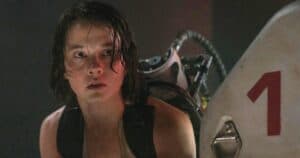


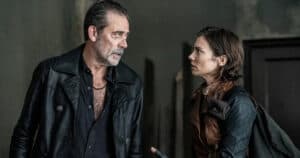
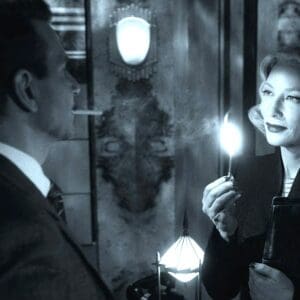


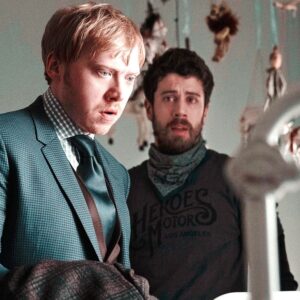
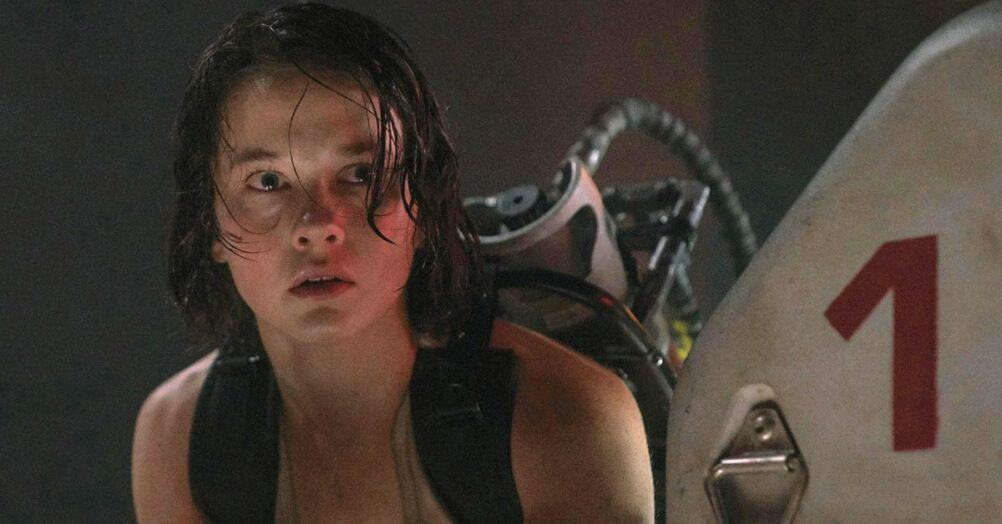


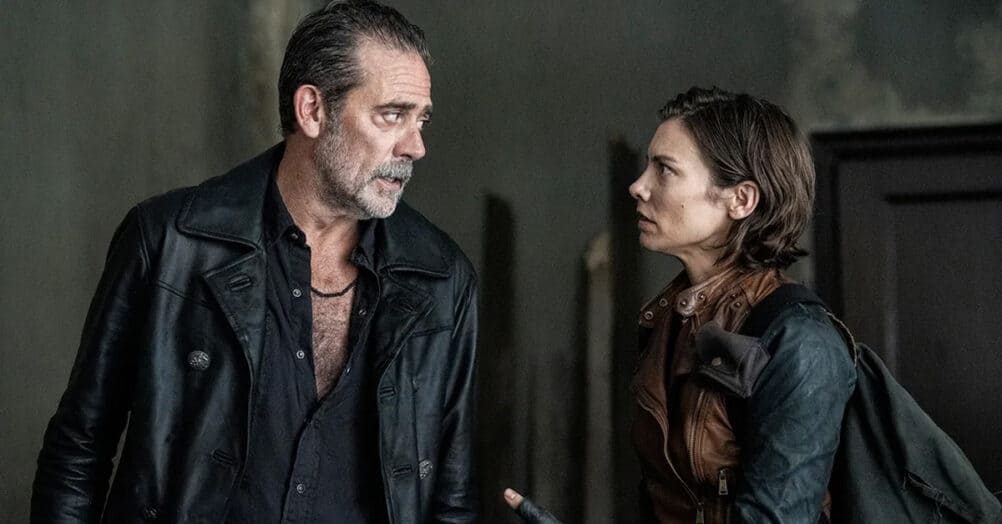
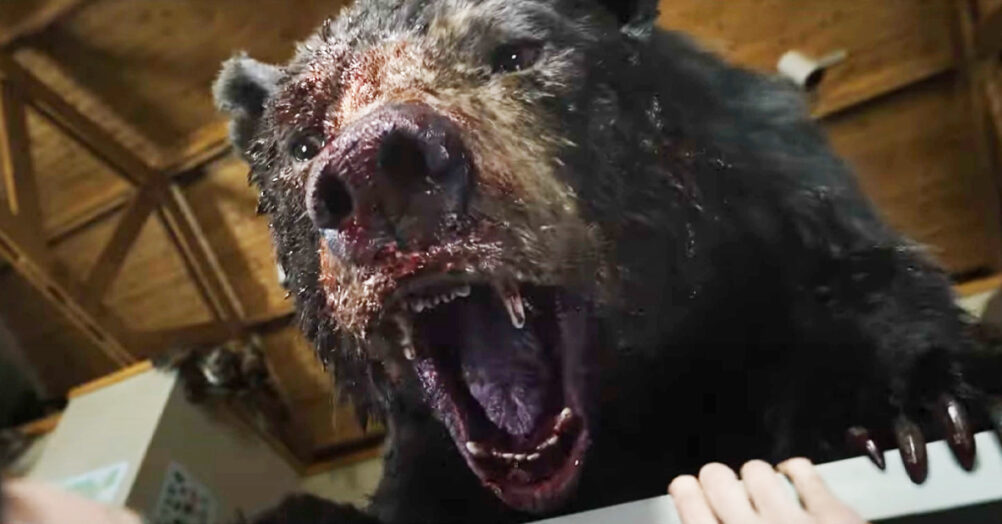

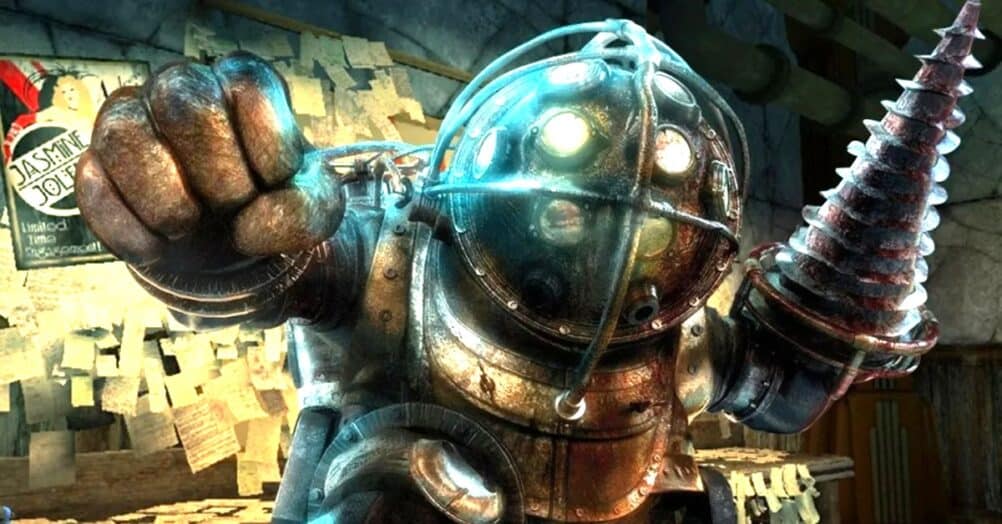
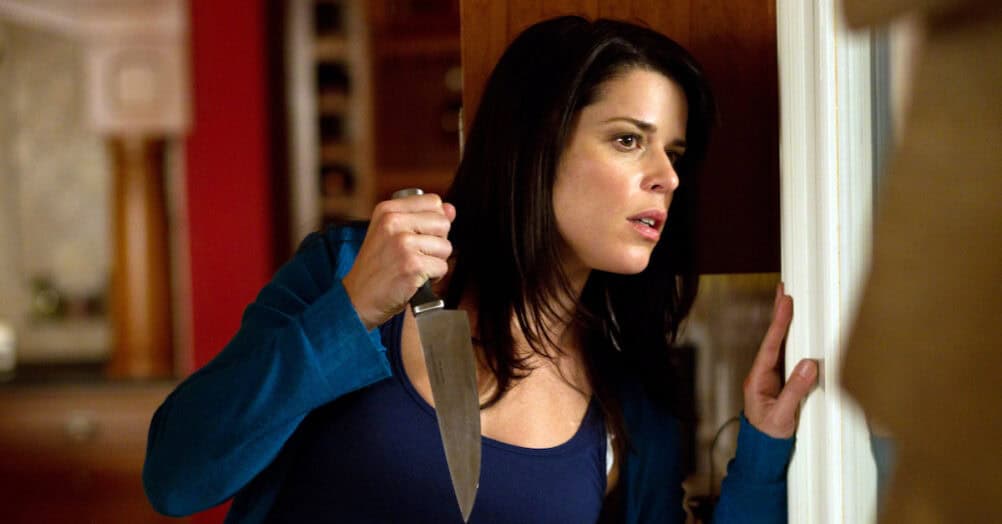


Follow the JOBLO MOVIE NETWORK
Follow us on YOUTUBE
Follow ARROW IN THE HEAD
Follow AITH on YOUTUBE